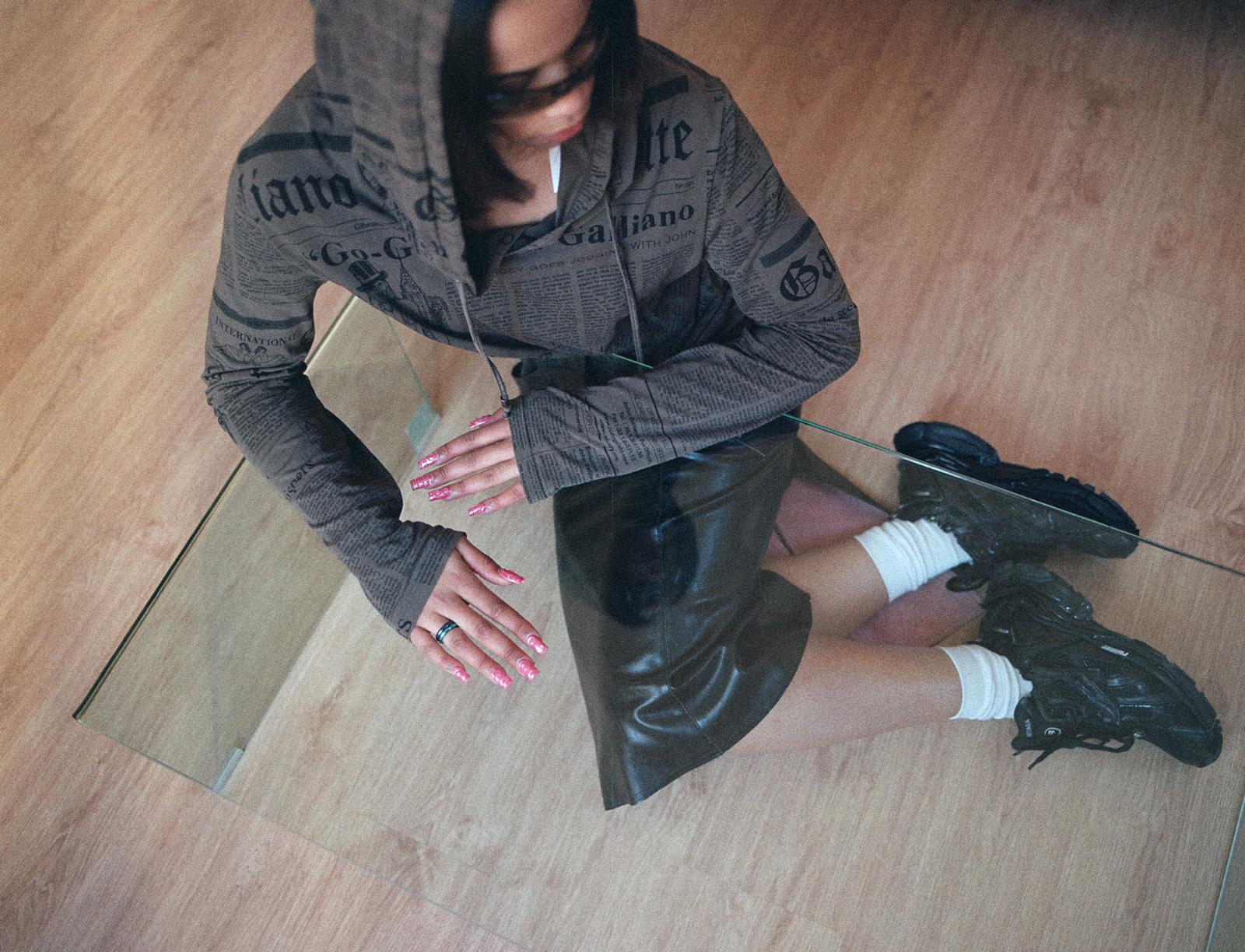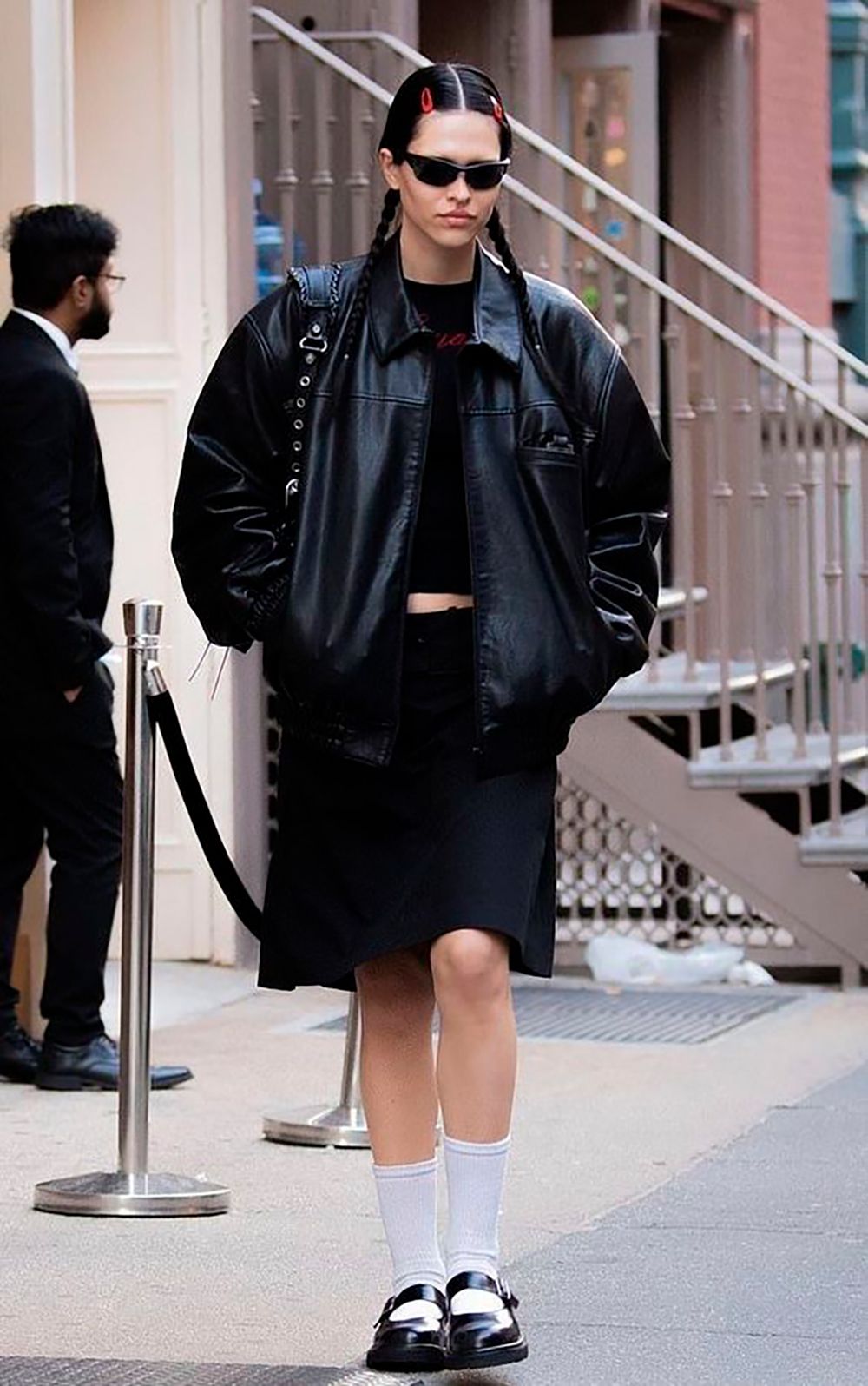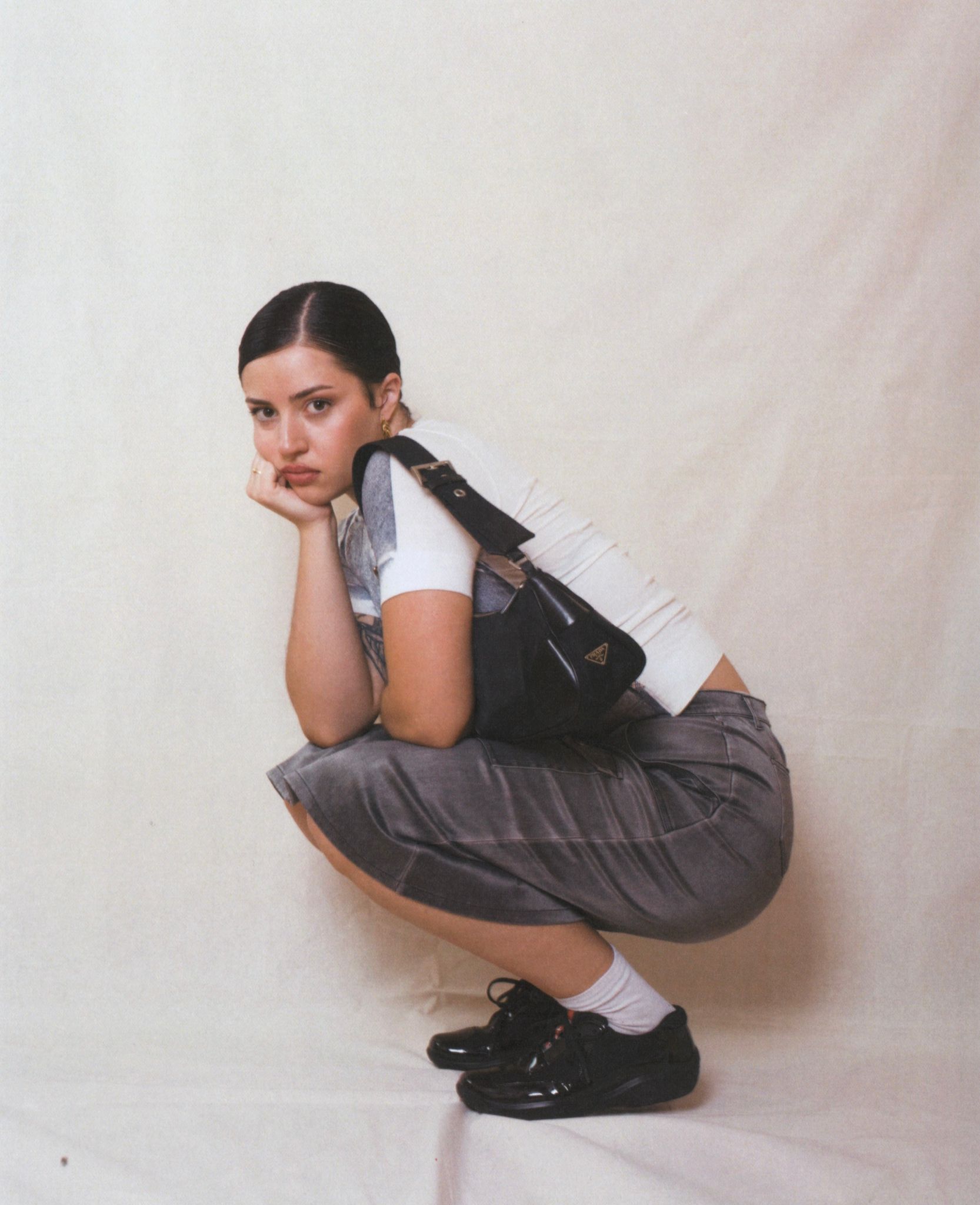From emerging brands to cult designers, new generations or archival collectors are driving this sustainable trend that seems to project the future of fashion. The unstoppable rise of second-hand and vintage aesthetics collide to define a new key paradigm for both the industry and the planet.

From Versace to Martine Rose, to retailers or curatorial digital fashion profiles: the system is defining a new aesthetic, among countless nostalgic looks, or self-referencing own archives for a new generation of fashion fans.
A LOVE STORY
The love for second-hand and archival fashion continues to grow. A sentiment now reflected in data from new reports that now value this expanding market at around $120 billion. One in which coexist other dynamics that are required to the clothing business as the rental or repair of clothing, as well as a whole series of experimental acts with which to change the consumption habits rooted in society. Not to mention representing a kind of redemption in the midst of a paradigm mired in overproduction and climate emergency.

Within this eco-futuristic scenario, threadUP’s latest report, conducted in collaboration with analysts GlobalData, estimates that the global second-hand fashion market will double by 2027 to $350 billion.
THE DEFINITION OF A NEW AESTHETIC
Beyond this constant search for archival or second-hand fashion among the immensity of virtual platforms, haute couture is also clarifying this obsession with vintage, inspired by both its aesthetics and its energy, as we saw in the latest collections of Gucci’s Horsebit bag.
It is a whole reality that is digitally archived and recorded through hashtags such as #archivefashion on TikTok, projecting an eternity of pieces that underlie the excitement of collecting; as well as the fact of discovering rare and unique pieces when the streetystle seems to be deeply immersed in aesthetic homogeneity.

This obsession is what is stimulating the second hand phenomenon: a latent current driven by both independent firms and luxury labels that carry out this experimentation with design between acts such as upcycling or the presentation of archival collections that are decisive for the planet. This is clarified by a study published by 2022 Impact Report, the fashion platform Vestiaire Collective together with PwC, which states the following: buying second-hand fashion can reduce by 90% the impact that each garment has on the world.

Within the same study, other concepts stand out, such as the “upscale” effect, which consists in the fact that the motivation for buying and selling luxury goods leads us to buy higher quality products that do not end up in textile graveyards and last forever.
Sigue toda la información de HIGHXTAR desde Facebook, Twitter o Instagram